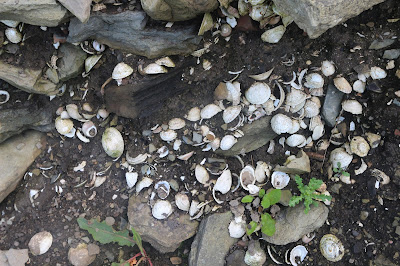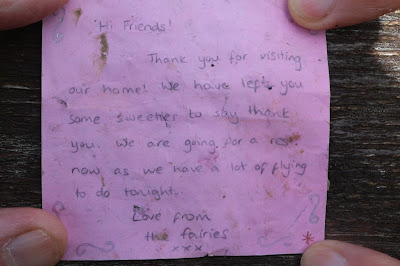In keeping with my responsibilities as a dutiful and doting grandparent, I am constantly on the look-out for innovative ways of entertaining our grandchildren. I spend hours scouring the internet seeking for that special game that will cause shrieks of delight as they play. Imagine my joy when I discovered the ONE. It was buried in a book called "The Home Entertainer" which was published in the 1930s. Here was an entire book devoted to the question of how to entertain house guests and what could be more appropriate for our little playmates.
The game in question is entitled "The Mummy" and here's how it's described:
"There can be a great deal of fun in playing The Mummy, if it is well prepared. Every one is sent out of the room except the leader and one other. This one lies flat on the floor and the leader covers him with a sheet. His hands are stretched beyond his head, and on them he holds his shoes, uprights as though they were on his feet. These shoes must just protrude from the end of the sheet. With a little adjustment, and maybe the help of a cushion, the leader will be able to make the "mummy" look as though he is lying the other way round, and as though the shoes really contain his feet and his head is where his feet actually are. A "mummy" arranged in a suitably convincing manner is shown in Fig. 6

The leader then calls in the first victim, explaining in an awed voice that here is a mummy who is said to be able to answer any question addressed to it with proper respect. So the new-comer kneels down by the mummy, by what he supposes to be the head and proceeds to ask his question, say "Oh mummy can you hear me?"
"Surely!" replies the mummy - the voice, to the astonishment of the kneeling person, coming from near what he had assumed to be the feet. If the mummy, at the same time, sits up, from the "wrong end", the surprise is even more complete."
You must admit it sounds like a first class jape and just the thing that modern children will love. Who needs an X-Box when there is "The Mummy" to be played. I can't wait to try it out with them. Yet more brownie points for their Bampi, methinks.

















































